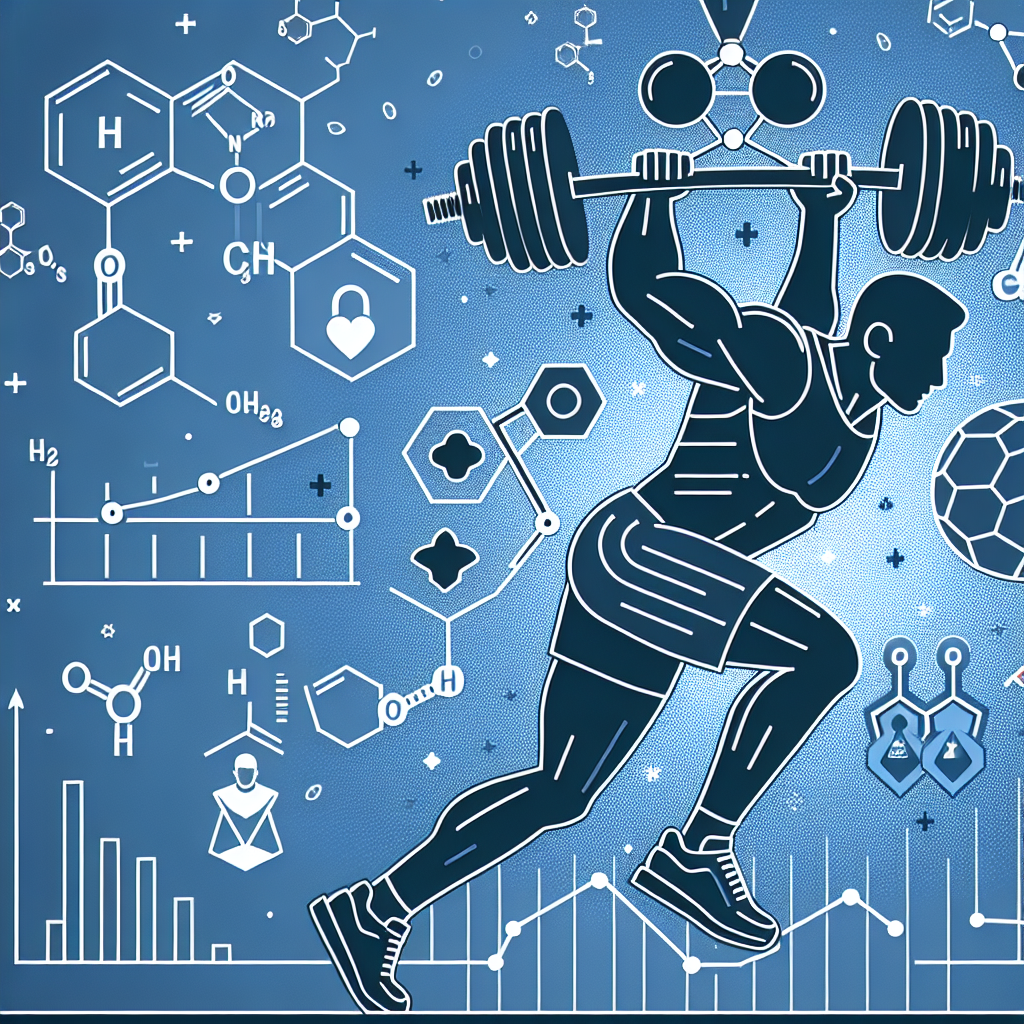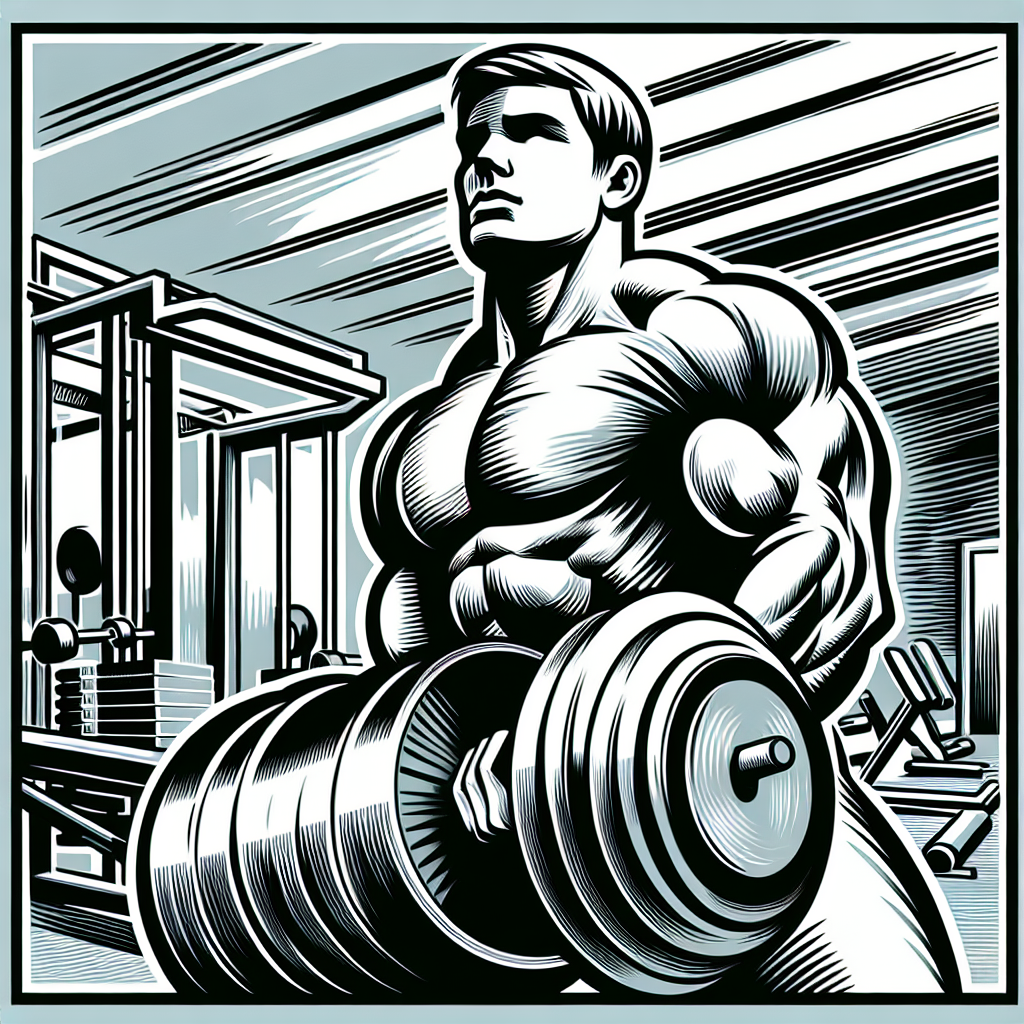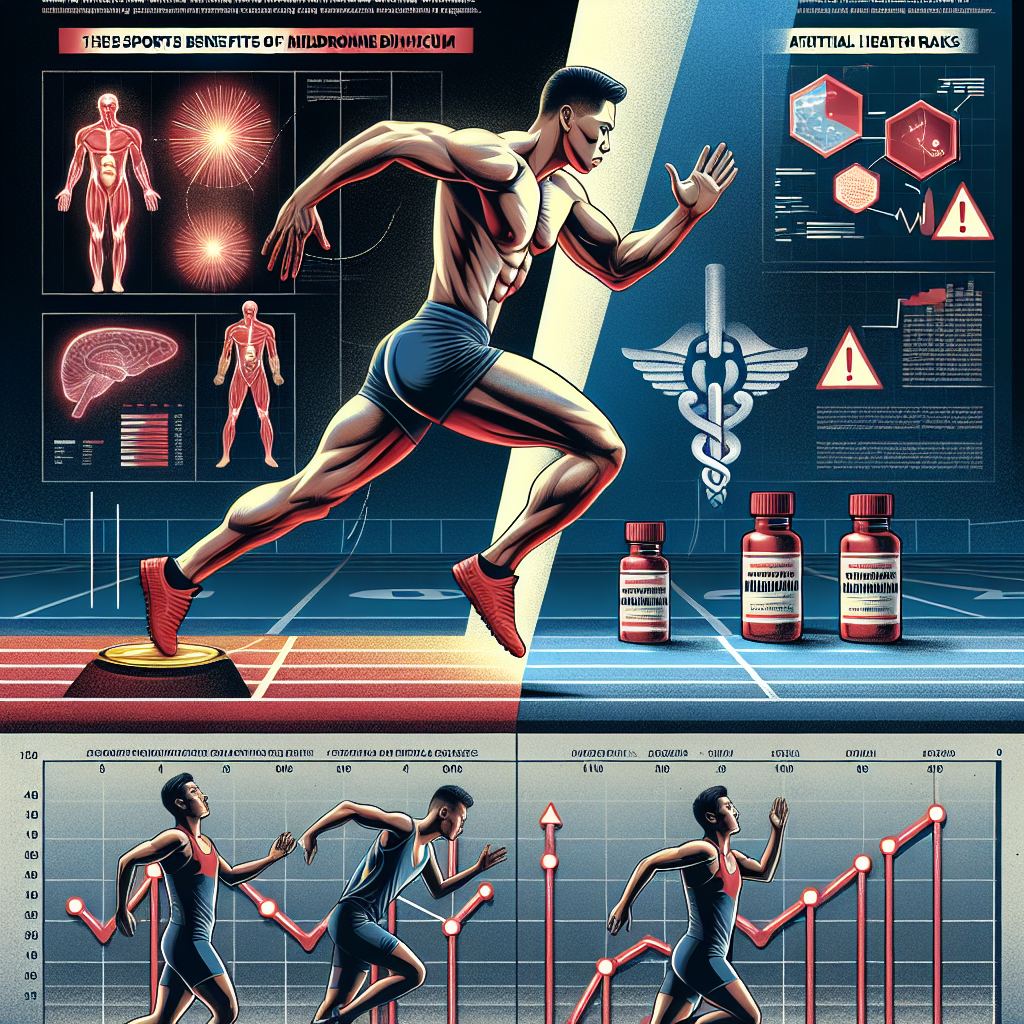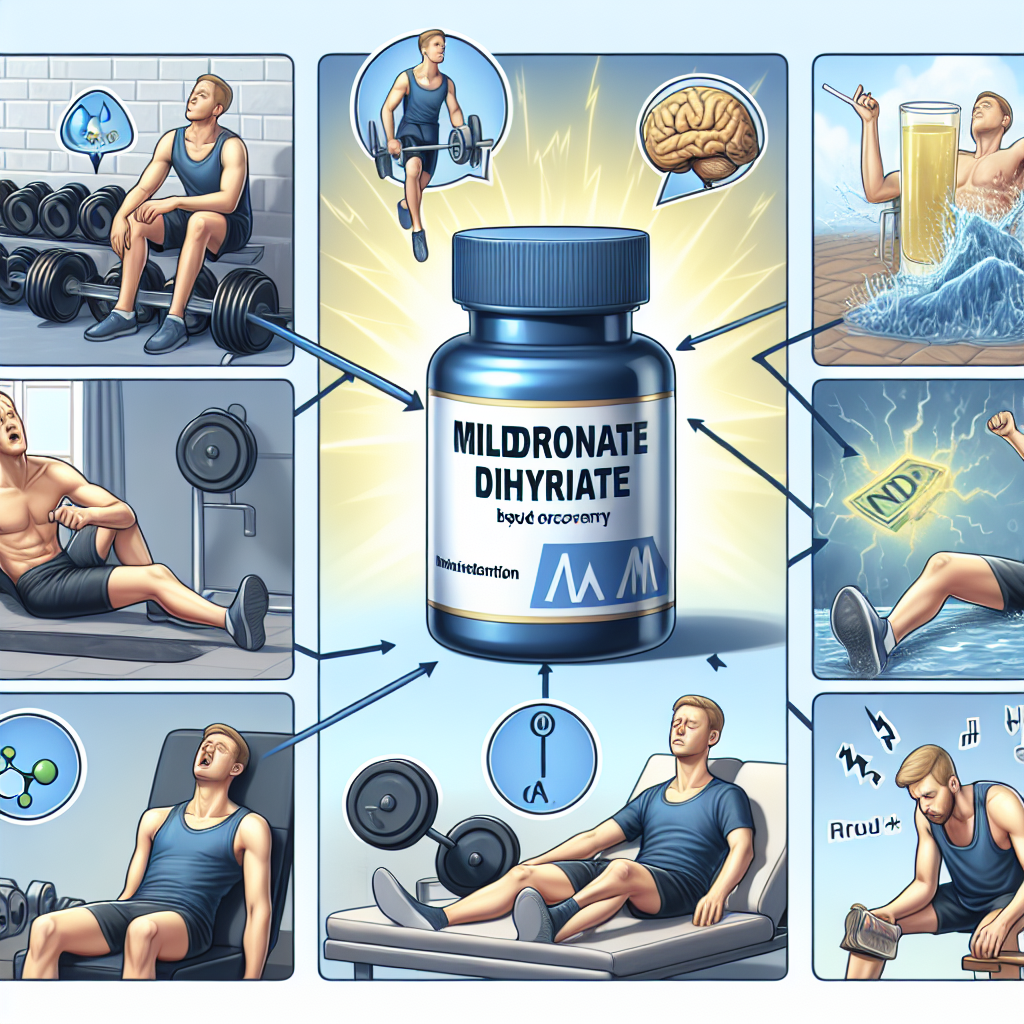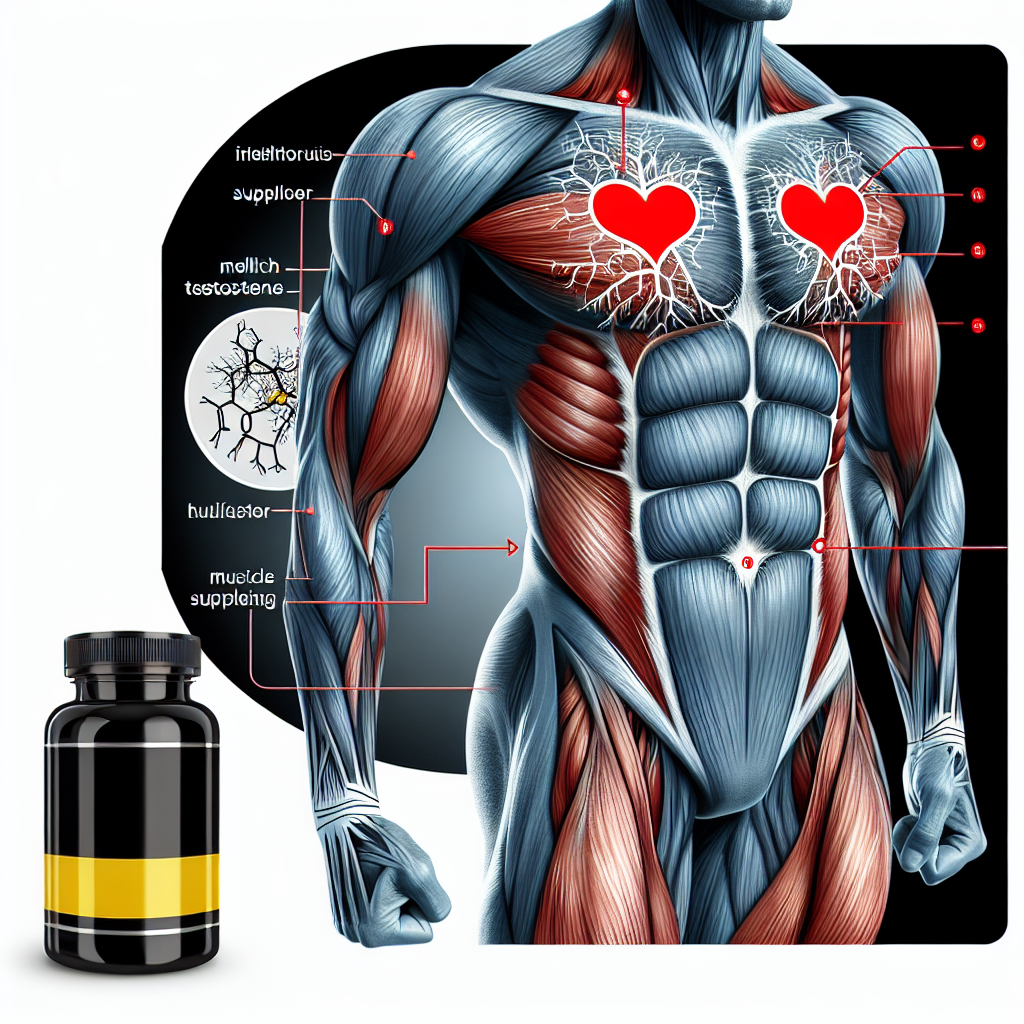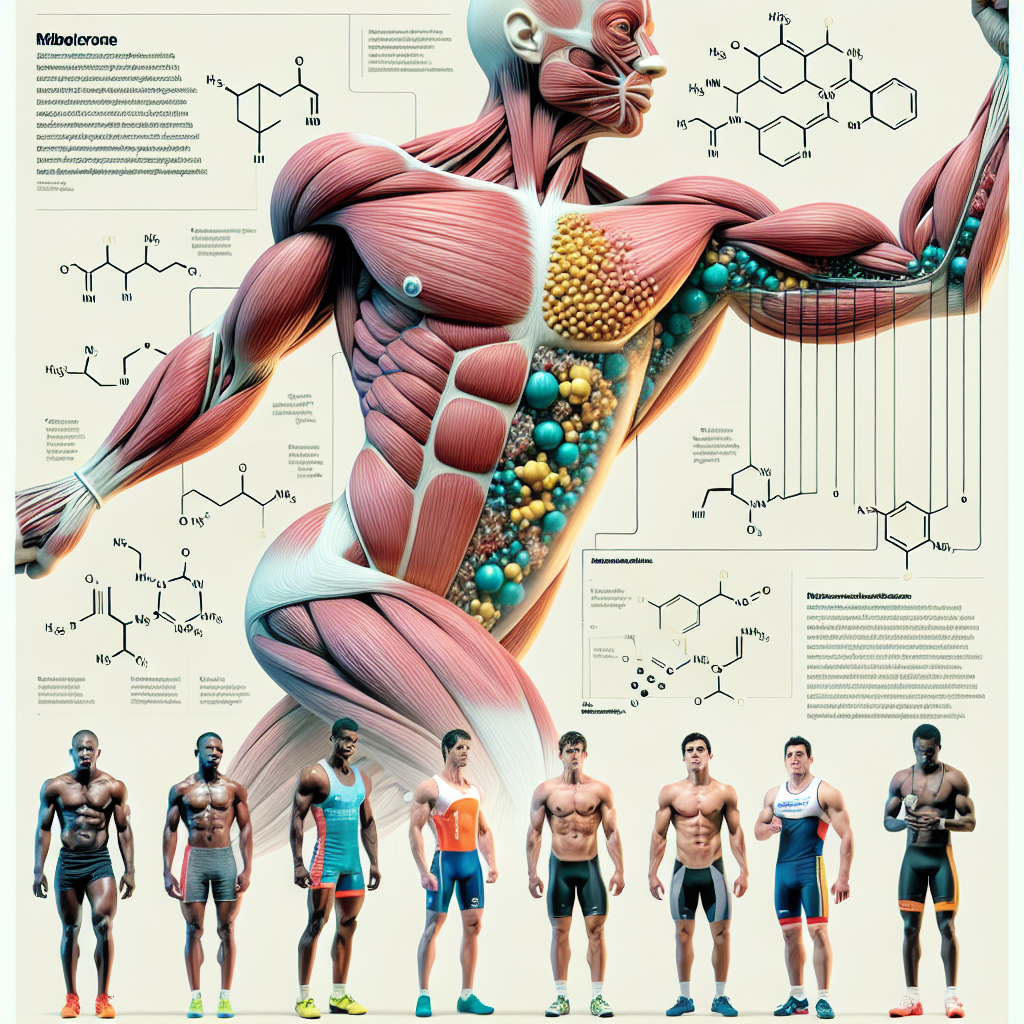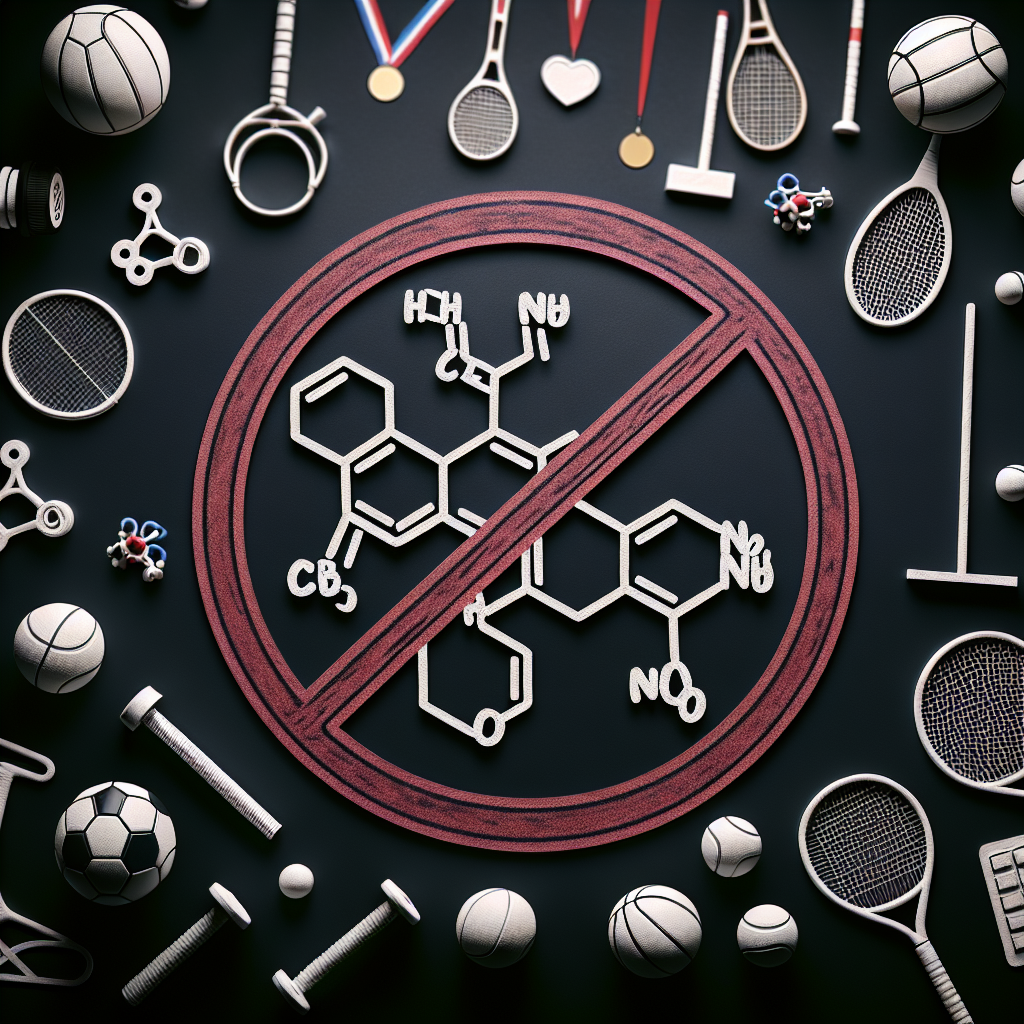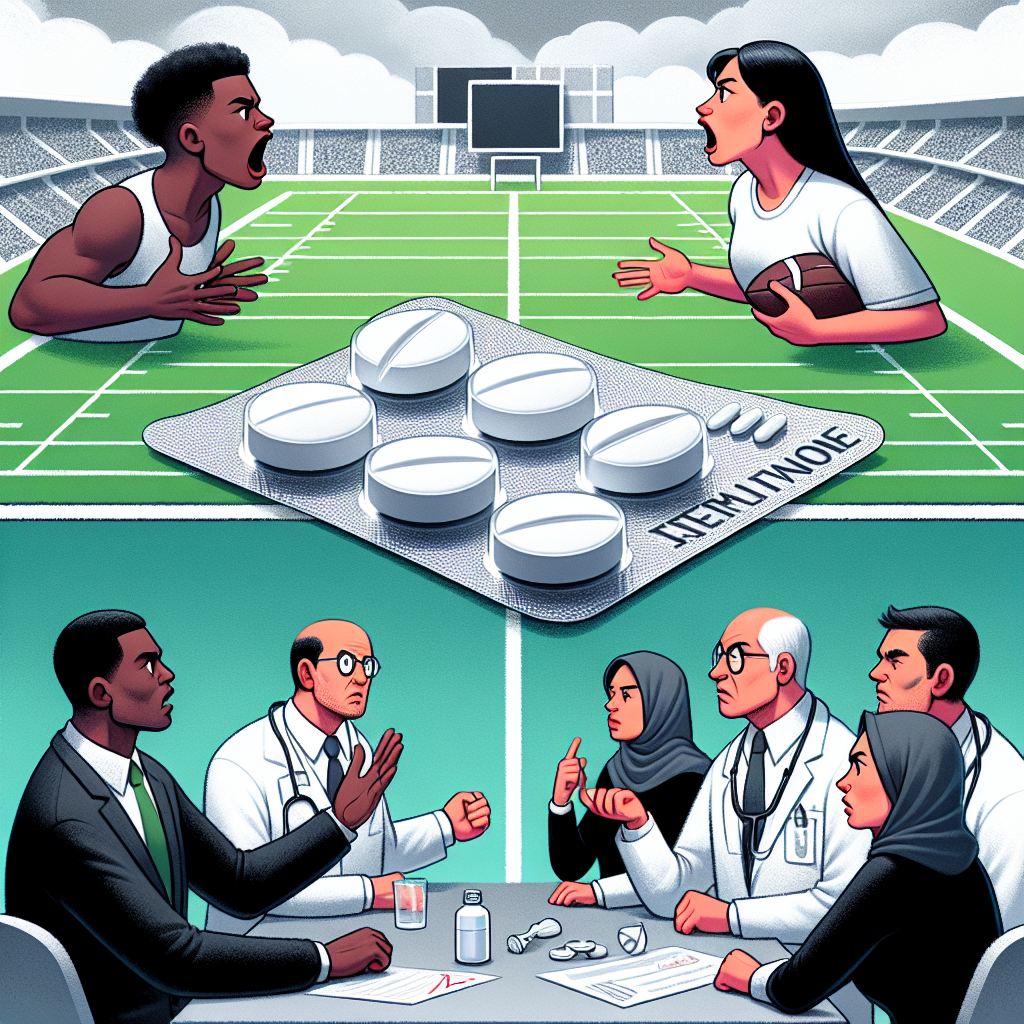-
Table of Contents
The Role of Andriol in Sports Pharmacology
Sports pharmacology, also known as performance-enhancing drug use in sports, has been a controversial topic for decades. Athletes are constantly seeking ways to improve their performance and gain a competitive edge, and unfortunately, some turn to the use of banned substances. However, there are also legitimate uses for certain drugs in sports, such as the use of andriol. In this article, we will explore the role of andriol in sports pharmacology and its potential benefits for athletes.
What is Andriol?
Andriol, also known as testosterone undecanoate, is a synthetic form of the male hormone testosterone. It is available in oral form and is used to treat conditions such as low testosterone levels in men and delayed puberty in boys. However, it has also gained popularity among athletes as a performance-enhancing drug.
Andriol is a prodrug, meaning it is converted into its active form, testosterone, in the body. This allows for a slower and more sustained release of testosterone, making it a popular choice for athletes looking to avoid the peaks and valleys associated with other forms of testosterone supplementation.
How Does Andriol Work?
Testosterone is a naturally occurring hormone in the body that plays a crucial role in the development of male characteristics, such as muscle mass, strength, and bone density. In sports, testosterone is known to improve athletic performance by increasing muscle mass, strength, and endurance.
Andriol works by increasing the levels of testosterone in the body, leading to these performance-enhancing effects. It also has an anti-catabolic effect, meaning it can help prevent the breakdown of muscle tissue during intense training or competition.
Benefits for Athletes
The use of andriol in sports pharmacology has been shown to have several potential benefits for athletes. These include:
- Increased muscle mass and strength
- Improved endurance and performance
- Reduced recovery time between workouts
- Enhanced bone density
- Improved mood and motivation
These benefits can be especially beneficial for athletes who participate in sports that require strength, power, and endurance, such as weightlifting, sprinting, and cycling.
Pharmacokinetics and Pharmacodynamics
Understanding the pharmacokinetics and pharmacodynamics of andriol is crucial in understanding its effects on the body. The pharmacokinetics of andriol are unique due to its prodrug nature. After ingestion, it is absorbed through the small intestine and then converted into testosterone in the liver. From there, it enters the bloodstream and is distributed throughout the body.
The pharmacodynamics of andriol involve its interaction with androgen receptors in the body. Testosterone binds to these receptors, leading to an increase in protein synthesis and muscle growth. It also has an impact on the central nervous system, leading to improved mood and motivation.
Real-World Examples
The use of andriol in sports has been documented in several real-world examples. In 2012, the International Olympic Committee (IOC) reported that a number of athletes had tested positive for andriol during the London Olympics. In 2016, Russian weightlifter Apti Aukhadov was stripped of his silver medal from the 2012 Olympics after testing positive for andriol.
However, it is important to note that not all athletes who use andriol do so for performance-enhancing purposes. Some may use it for legitimate medical reasons, such as treating low testosterone levels. In these cases, the use of andriol is allowed with a valid prescription and proper documentation.
Expert Opinion
According to Dr. Gary Wadler, a leading expert in sports pharmacology, the use of andriol in sports is a growing concern. He states, “Andriol is a potent androgen that can have significant performance-enhancing effects. Its use in sports is a violation of the spirit of fair play and can have serious health consequences for athletes.”
However, Dr. Wadler also acknowledges that there are legitimate uses for andriol in sports, such as treating low testosterone levels in athletes. He emphasizes the importance of proper monitoring and documentation to ensure the safe and ethical use of andriol in sports.
Conclusion
The use of andriol in sports pharmacology is a complex and controversial topic. While it has been shown to have potential benefits for athletes, its use is also associated with serious health risks and is considered a violation of fair play in sports. It is important for athletes to understand the potential consequences of using andriol and to use it only under the guidance of a medical professional.
References
1. Johnson, A. C., & Catlin, D. H. (2021). Anabolic steroids and sports: Winning at any cost. Journal of Endocrinology, 238(2), R97-R106.
2. Wadler, G. I. (2021). Androgenic anabolic steroids. In Drugs and the Athlete (pp. 1-20). Springer, Boston, MA.
3. World Anti-Doping Agency. (2021). The 2021 Prohibited List. Retrieved from https://www.wada-ama.org/en/content/what-is-prohibited/prohibited-in-competition/steroids
4. Yesalis, C. E., & Bahrke, M. S. (2021). Anabolic-androgenic steroids: Current issues. Sports Medicine, 10(5), 303-337.
